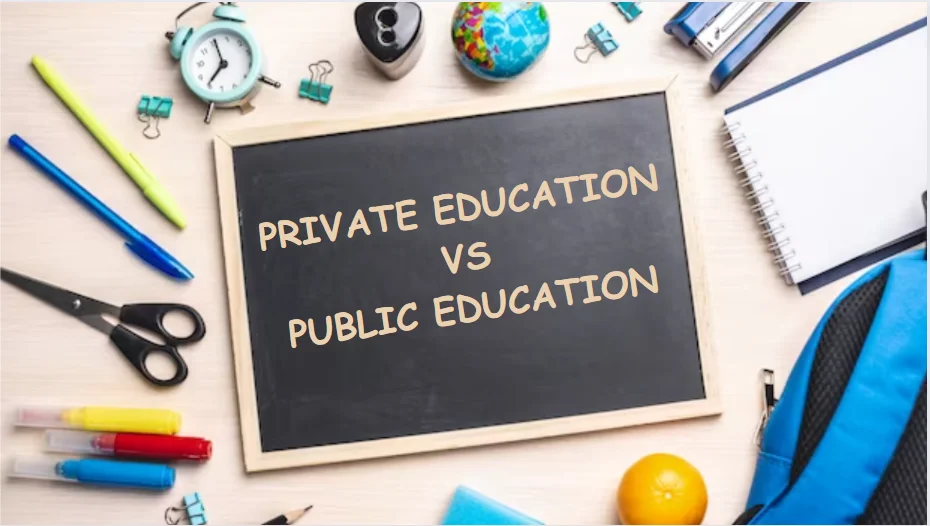
Update: This article was last updated on 24th February 2025 to reflect the accuracy and up-to-date information on the page.
One of the biggest choices you will need to make regarding your child’s education is between public and private schooling, or very simply, one of the two choices: public versus private education. It is key to grasp the difference between both school systems in order to make a knowledgeable decision that will aid the unique development of your child academically and personally.
According to the National Center for Educational Statistics (NCES), a division of the U.S. Department of Education, there are roughly 33,000 private and 98,000 public schools in the United States. Selecting the right school out of so many possible options really is a daunting task.

Let’s take a closer look at the differences between private and public education.
Recommended for reading: Best Private School In Denver
Comparison Chart: Private School vs Public School
| Topic | Private School | Public School |
|---|---|---|
| Current Rating | 3.7/5 (342 ratings) |
3.76/5 (360 ratings) |
| Introduction | Private individuals or a corporation run and supported elementary/ secondary schools | Public funds support elementary/ secondary schools in the United States and provide free education to children of a community or district. |
| Education | The curriculum decided by the school board | Mandated by state curriculum. More often by the Common Core national standards. |
| Schedule | The school prepares the schedule | The schedule is often a mix of graduation requirements and electives |
| Teachers | May or may not be certified but often hold a graduate degree or higher education. | Teachers must meet all state-mandated requirements and be highly proficient in their subject area (i.e. have at least a bachelor's degree with a major in their subject). Most teachers have Master's Degrees. |
| Technology | Depends on the school. Private schools with higher tuition have more up-to-date technology. | Depends on the school; can be very modern or relatively outdated. |
| Funding | Tuition, gifts, endowments, private corporations, fundraising events. | Federal government, State government, Local government (people's taxes), grants, awards, donations. |
| Accreditation Agency | Private accreditation agencies like • National Association of Independent Schools • National Council for Private School Accreditation • Commission on Transregional and International Accreditation. |
State Board of Education. |
| Admission Criteria | Not determined by student address. | School zoning is determined by student address. |
| Purpose | Build a religious foundation for youth. Not much education about real-life situations, such as tax and funding. | To teach children and spend money provided by the community through taxes and bond initiatives |
| Denial of Admission | The school reserves the right to deny admission to a student if s/he does not meet the eligibility criteria as decided by the school. | Schools cannot deny admission to any student within the designated geographical area of the school. |
| Transportation | Provided by the school or arranged by the student. | Provided by the school within the designated area. |
| Class Size | Roughly 16 occupants or fewer. Very rarely more. | About 20-25 per room. |
| Social Life | More secluded groups. Students get to know other students greatly. No preparation in elementary or junior high schools. High school shows a variety of in a co-ed school. | The larger pool of people allows for more social interaction. Opportunities for sports, clubs, community service groups, and other after-school activities help broaden students' boundaries. Very good preparation for the social pressures of college. |
| School Calendar | Set by school | Decided by the district for all schools in the district |
| Bullying | Handled by the principal or dean of students. Usually, punishments are suspension or in-school suspension. | Teachers are trained to intervene, and most schools now have cameras to help deter bullying. However, it is hard to manage classrooms with 25 students, and in a litigious society, some teachers avoid conflicts. |
| Religious Affiliations | Can have religious affiliations | None |
| Curriculum | May create own Curriculum. | Common Core standards; State standards. |
10 Key Differences Between Private and Public Schools
1. Funding and Affordability
Both public and private schools differ on the matter of affordability. Public schools are free but are neither government funded nor tuition paid by private schools that charge tuition fees on a particular amount.
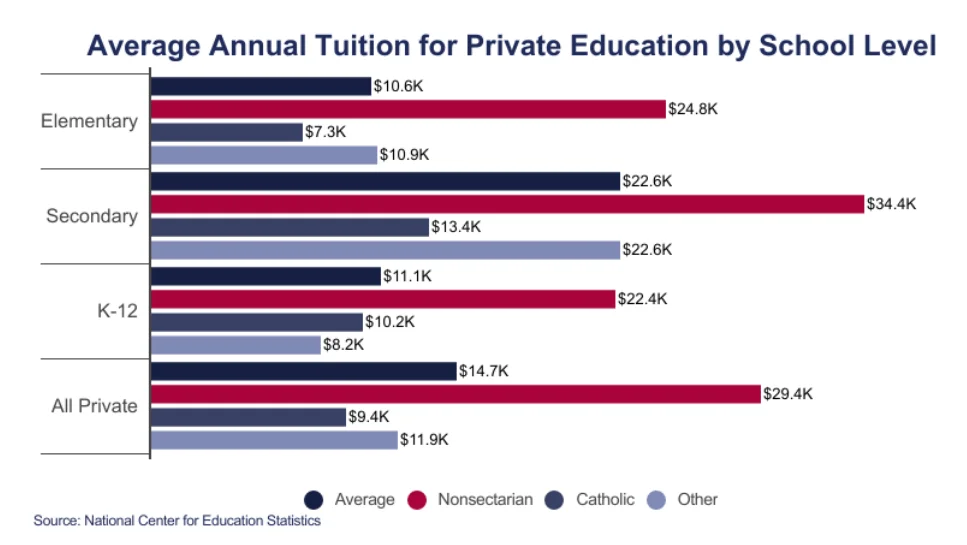
However, the term private schools is mostly financed by their private donors, trustees, and other stakeholders. Thus, comparatively, it’s much more expensive than public schools.
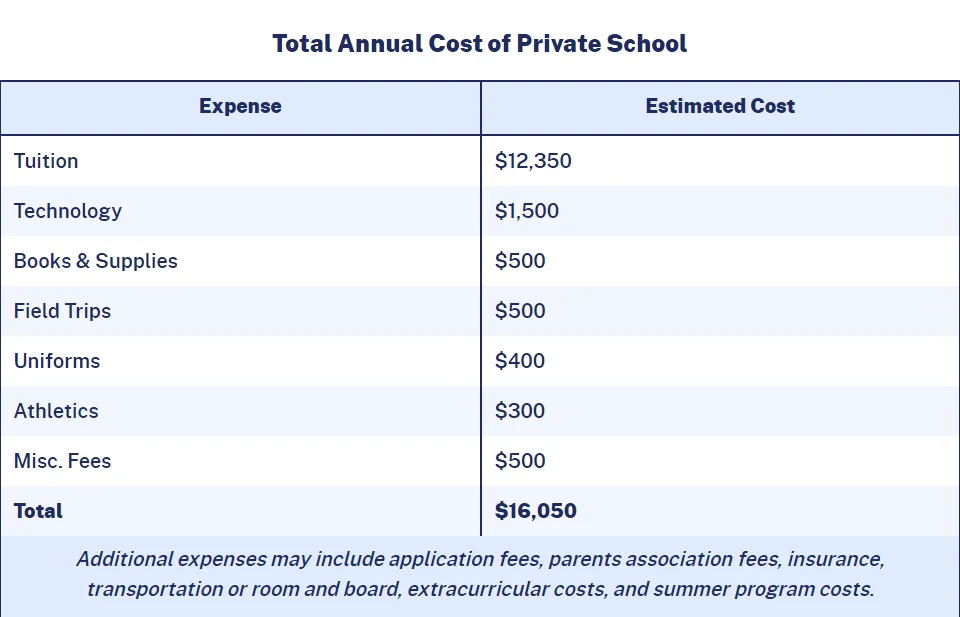
On average, a student would be spending approximately $23839 as annual tuition per private K-12 school in the USA. However, education has been known to cost as much as $292,719 sometimes every year depending on other factors.
Recommended for reading: Balancing Academics and Fun: How Rising Seniors Can Enjoy Their Last Year
2. Class Sizes
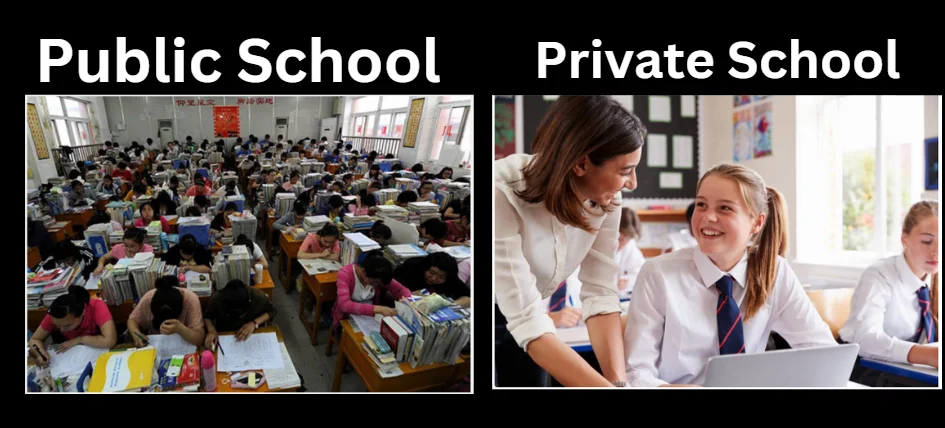
Another difference private and public schools have is class size. Most public schools operate on larger class sizes, making it difficult for the teacher or tutor to put individualized attention into helping every student individually. Whereas, in private schools, they usually have smaller class sizes, which allow teachers to tailor their personalized teaching method and get to know each student on a broader level.
One of the 5 major differences between public and private schools is class size.
- Class sizes in urban public schools might reach 25 to 30 students or more.
- In general, however, class sizes in most private institutions range from 10 to 25 students, depending on the specific institution.
- A smaller class size fosters better personal interaction between teachers and students, which provides a more personalized learning experience.
- However, having a small class size does not guarantee better performance for improved attention to individual students.
- Other factors such as efficient teachers, curriculum, and resources have an impact on students’ achievements.
Recommended for reading: BEST AEROSPACE ENGINEERING SCHOOL
3. Curriculum and Programs
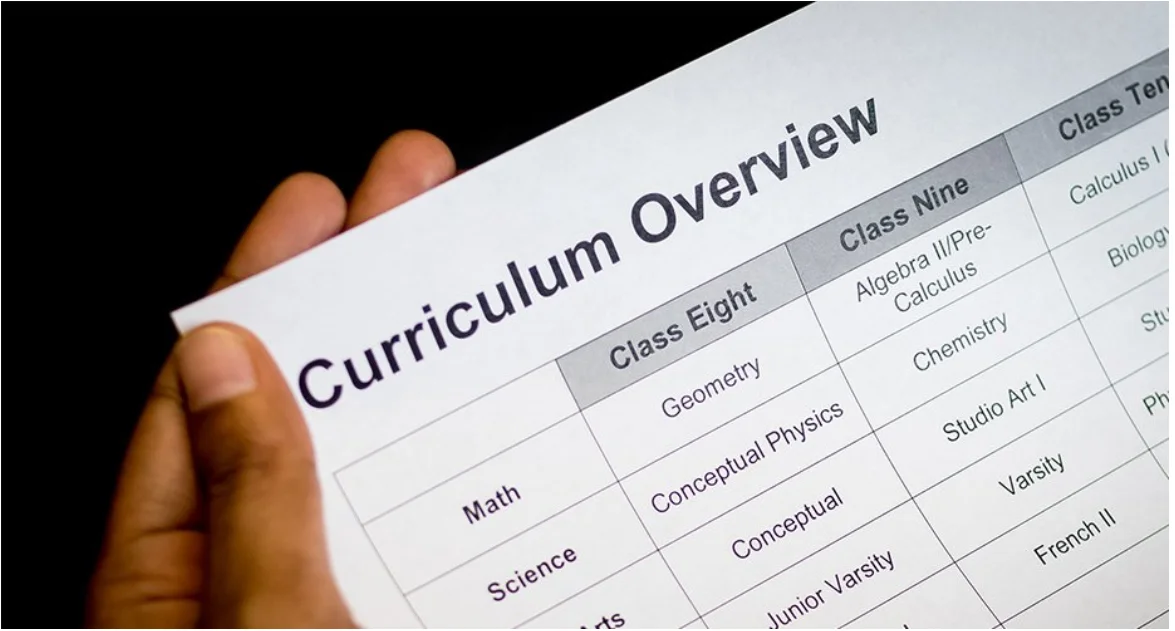
From another view, it can also be seen how public and private schools are totally different.
- In terms of curriculum, public schools have to run regulated curriculum smattered all over its student populace because of government funding. This means that they are not very flexible in tailoring their learning experience towards the different styles of learning embodied in each student.
- Meanwhile, the private schools are more flexible in designing and implementing their own curriculum, usually in consonance with the latest trends in technology and economy.
- Private schools aim for the total development of children. This includes a number of intellectual, philosophical, and specialized programs that meet particular interests or learning styles outside the traditional curriculum.
- This permits students to concentrate on their interests and passions much more, ultimately leading to a more satisfying learning experience
Recommended for reading: Best Private Schools In Long Island
4. Teacher Qualifications
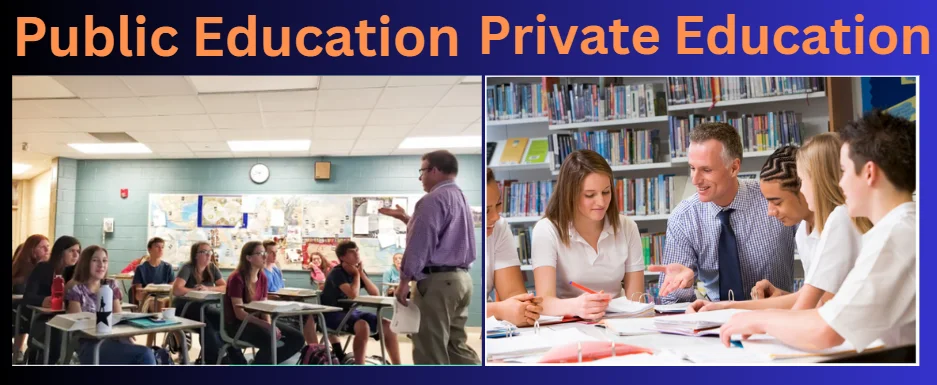
What separates public from private schools? Let’s examine some more important differences.
- Public schools in the United States have a stricter accountability structure than their private counterparts, thereby enforcing more stringent requirements for their teachers. In most jurisdictions, public school teachers usually must possess at least a bachelor’s degree in education or an equivalent field, and many states require passing a licensing exam.
- On the other hand, private schools may be more flexible. While many private schools prefer bachelor-degree-holding educators as opposed to teachers with high school diplomas, some may hire teachers with alternate qualifications.
- Unlike public schools, private schools have no requirement to obtain a license to teach. Therefore, it is often possible for teachers at private schools to be quite qualified without taking any licensing exams at all.
Recommended for reading: BENEFITS OF AFTER SCHOOL ROBOTICS PROGRAM FOR KIDS
5. Extracurricular Activities
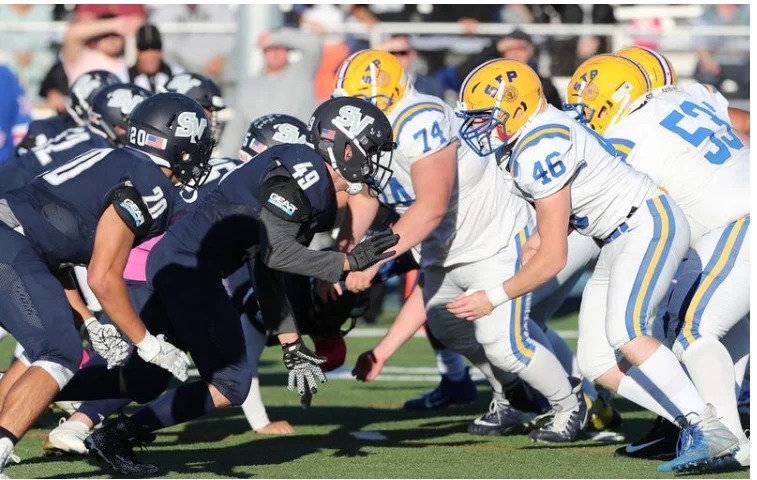
“Public vs. “Private Schools”: Weighing the Pros and Cons for Your Child’s Education! 🎓🏫
- Public schools are usually well-stocked with clubs-theater, design, art, music-and other community service-related activities in which students can get involved. They carry out a variety of sports, including soccer, baseball, tennis, and cricket.
- Private schools may offer such extra-curricular activities; however, the activities usually differ in that they are more specialized and concerned with specific interests or hobbies.
- In a few large private schools, you find quite a number of extra-curricular activities being offered for students-to-the-in-charge; however, most might be unable to provide such after-school activities because of poor infrastructure. In fact, a great number of private schools do not even have soccer teams!
💡 A good rule of thumb is to ask your child about their love and check whether the school you choose offers clubs that cater to his or her interests.
6. Admission Criteria
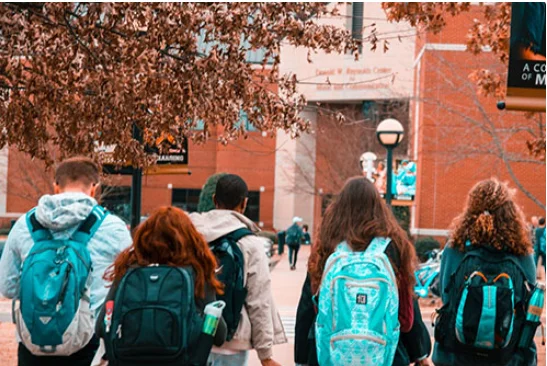
Difference between Public and Private Education: How Admission Policies Shape Diversity and Institutional Academic Environments.
- Public schools are really different from privately owned and run institutions when it comes to how they invite kids to their institutions; they depend on open enrollment policies citing home location as the basis of entry, hence attracting different facets of the local community-emulating student body.
- The less diverse academic environments typically found in private schools are the result of selective admission policies that place less importance on standards of entry, but rather focus on academic performance, interviews, and recommendations.
- These various admission criteria not only influence the composition of a student body but also affect its surrounding learning environment, implying the extent of the effects of such strategies in the larger society and academia.
Recommended for reading: BEST NON-IVY LEAGUE SCHOOLS
7. Religious Affiliation
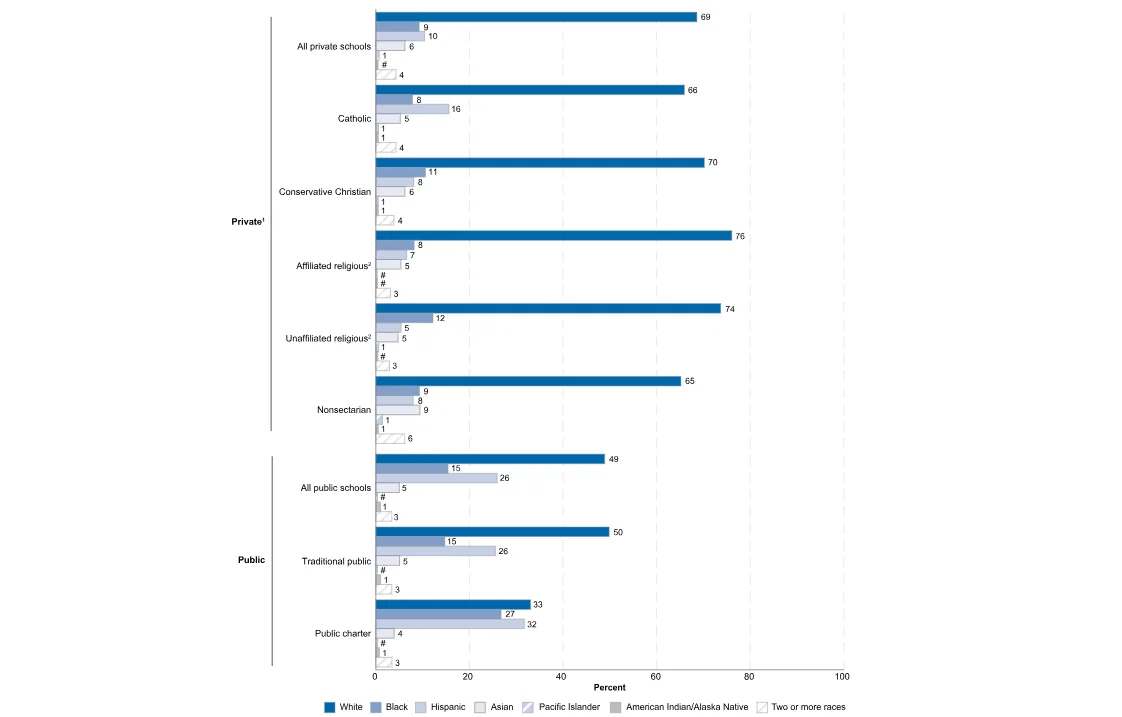
While discussing difference between public and private school: The Role of Religion in Education 🎓📖
- The spiritual dimension is another major difference between public schools and private schools. Public schools have no religious affiliation because they are, by definition, secular schools. Private schools can easily incorporate religious instruction into their curriculum, which creates a unique learning setting.
- Choosing between a religious and a non-religious learning environment presents parents with an opportunity to search their own conscience and values.
Recommended for reading: TOP 10 AFTERSCHOOL ENRICHMENT ACTIVITIES FOR KIDS
8. Facility and Resource Allocation
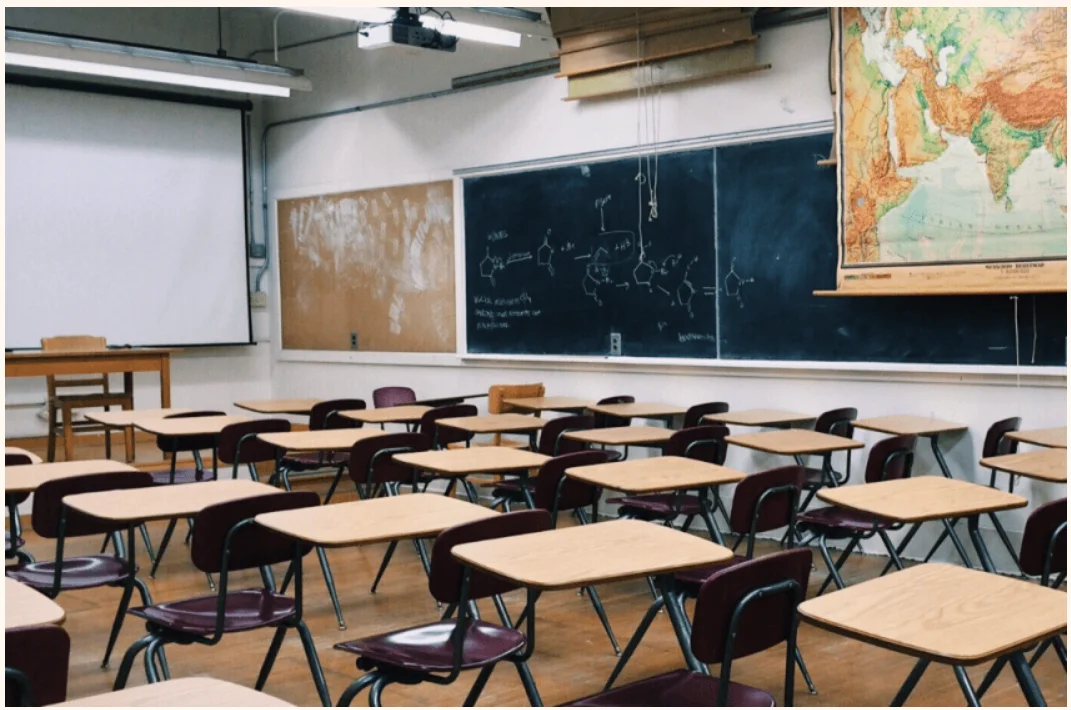
The financial status of an educational institution has the potential to greatly affect the allocation of its facilities and resources. Comparing public vs private school funding, public schools particularly are financially constrained and may have their resource allocation influenced by such constraints. Private schools, on the other hand, being supported by tuition and individual donations have the financial latitude to utilize their resources. This financial freedom can, in turn, lead to better facilities, better technology, and a wider option for after-school programs.
9. Parental Involvement

A very important factor in the educational journey of a child becomes his or her relationship with the school and the parents. Most public schools provide mechanisms for encouraging parental participation through establishing parent-teacher associations and organizing school events.
While this may be true for private schools in their own ways, differences exist in how much this entails. So understanding what concerning the expectation of parental participation would be very important for creating a harmonious relationship between families and school.
10. Educational Philosophy

The public-private divide in the educational philosophical foundations tends to reflect in a respective approach to the schools. Mostly, public schools would take their cue from several standard tests and academic norms imposed by state and federal entities.
Comparatively, private schools tend to be freer in the schools that advocate professing a different educational philosophy, like Montessori, Waldorf, or even project-based learning. With so many different approaches, a wider array of learning styles and preferences can be offered, providing for a much richer learning experience for students.
Other Considerations:
🏵Specialized Services: Public schools are mandated to provide free and suitable special education services for students with disabilities. This may not be so in the case of private schools, and families may need to expend extra resources looking for support.
🏵Extracurricular Activities: Although public and private schools offer a variety of extracurricular activities, it is likely that the breadth and availability will differ between the two modes. More likely, public schools will not be able to offer as many due to budget limitations while private schools may cater to more unique or specialized programs.
🏵School Culture and Environment: The overall school culture such as discipline policies, relationship between students and teachers as well as in the emphasis on academics or extracurricular activities. This should be a place that aligns with what you value as a family and fosters well-being for your child.
Conclusion
Making the Right Choice
Public vs Private School-the right answer can always be a variable. The best choice will rest upon factors such as family budget, a child’s academic and personal needs, and their values and priorities.
Research and assess every school in a detailed manner. Education should be seen in the difference between public and private educational places. Talk to other parents with children at the school, schedule a tour, and ask questions about the school’s curriculum, teacher qualifications, and extracurricular offerings.
Regardless of private or public education, knowing the difference between public and private schools is necessary to realize an informed decision in this regard. Check that your child is secure, supported, and emotionally engaged.
In order to revolutionize education and prepare future generations with all their experiences, Moonpreneur applies innovative methods to traditional learning. Our Innovator Program empowers the student’s development of essential skills in AI/ML, Robotics, Coding, Game Development, and App Development, nurturing entrepreneurship through hands-on learning. This aims to grow the workforce of tomorrow by integrating innovative technologies with practical skills into the school curricula.
Sign up for a 60-minute free workshop today!

























One more main key difference is Public schools are typically more diverse than private schools
Are there more opportunities for scholarships or financial aid in private schools compared to public schools?
Yes, Private schools offer more scholarships or financial aid opportunities, but this can vary widely depending on the specific school and its policies